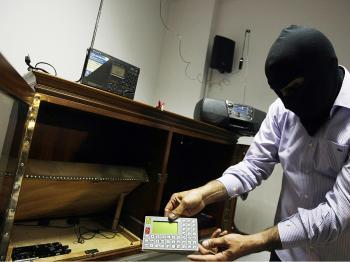Byblos, located around 35 km north of Beirut, Lebanon, is one of the richest archaeological areas in the Middle East. It is believed to have been founded around 5000 BC and was inhabited by several civilizations throughout history, making it a significant attraction to archeological studies.
Phoenicians, Egyptians, Persians, Greeks, Romans, Byzantine’s, Arabs and Turks, all settled in Byblos and built their towns, castles, and temples. They took advantage of its strategic location on the Mediterranean Sea, which facilitated trade with other parts of the world. Located at the foot of timber-rich Lebanese mountains, Byblos was a source of cedar shipments to the Nile Delta. Trade goods from Egypt’s 2nd dynasty have been found there.
Byblos is now believed by many to be the oldest continuously inhabited city in the world. Even the Phoenicians considered it an ancient town. Though it is hard to detect the very beginnings of Byblos, modern scholars say it goes back 7,000 years.
At the Crossroads of the Ancient World
Byblos, located around 35 km north of Beirut, Lebanon, is one of the richest archaeological areas in the Middle East.
The Phoenicians probably used Byblos Harbor for fishing and not for trade. The bottom of the current harbor is not deep enough to be able to receive the large ships used for the Phoenicians’ active marine trade. Archaeologists are still searching for the location of the ancient Phoenician harbor. Charlie Ghanem/Epoch Times Staff
|Updated:



